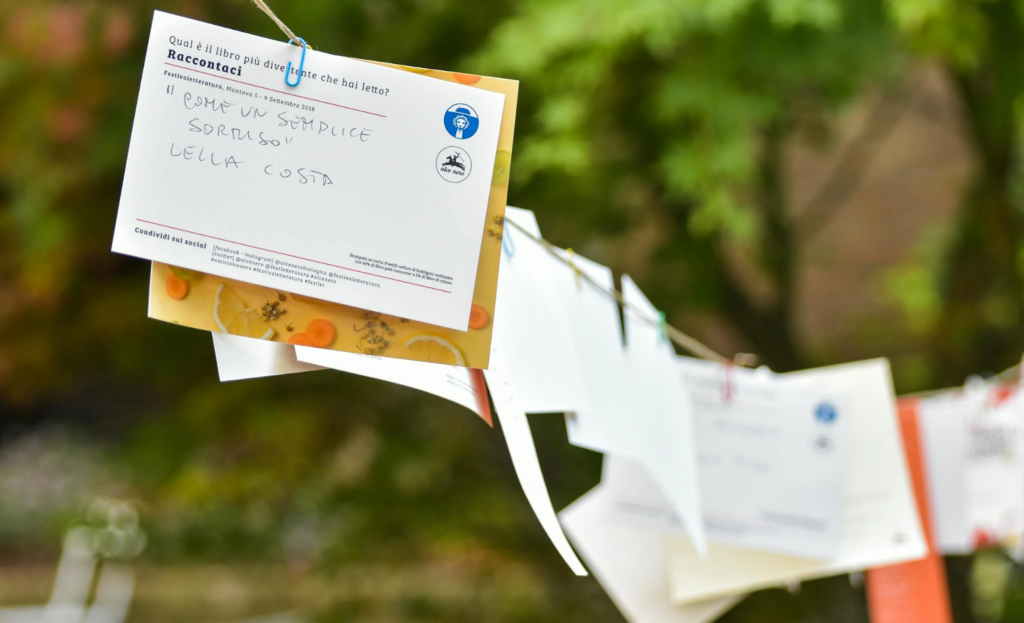Medical prescriptions often look like a unique language of their own. You’ve likely seen strange letter combinations scribbled on a prescription bottle or medication guide. These abbreviations have roots in Latin and have been used for centuries to convey dosing instructions quickly and clearly between doctors, pharmacists, and patients. Understanding these pharmacy abbreviations isn’t just helpful; it’s crucial for patient safety and smooth communication in healthcare.
Common Pharmacy Abbreviations and Their Meanings
Let’s break down the top 10 most common abbreviations doctors use daily in prescriptions.
1. q.d. (quaque die) – Once Daily
This means take the medication once every day. It’s typical for drugs that require steady levels in the body, such as blood pressure pills.
2. b.i.d. (bis in die) – Twice Daily
You might see this in prescriptions for antibiotics or pain relievers that need to be taken twice a day, roughly 12 hours apart.
3. t.i.d. (ter in die) – Three Times Daily
Often prescribed for infections or chronic conditions, t.i.d. means you need to take the medication three times a day for consistent therapeutic effect.
4. q.i.d. (quater in die) – Four Times Daily
This one’s less common but important when medication must be spaced out into four doses daily. It helps maintain constant levels in the bloodstream.
5. PRN (pro re nata) – As Needed
PRN instructions mean to take the medication only when necessary, usually for symptom relief like pain or allergies.
6. hs (hora somni) – At Bedtime
This indicates the drug should be taken right before sleep, often used for medications that work best overnight or cause drowsiness.
7. PO (per os) – By Mouth
This clarifies the route of administration. PO means the medication is taken orally, not injected or applied topically.
8. IM (intramuscular) and IV (intravenous)
These abbreviations are for injection routes. IM means the medicine is given into a muscle, while IV means the drug goes directly into a vein.
9. stat (statim) – Immediately
When a doctor orders a drug stat, it means the medication needs to be given right away, usually in emergencies.
10. Rx – Prescription
You see this sign on every prescription. Rx comes from the Latin word recipe, meaning “take,” and marks the document as an official medication order.
Potential Risks and Misinterpretation of Abbreviations
While abbreviations speed up communication, they also pose risks. Confusing q.d. (once daily) with q.i.d. (four times daily) can lead to dangerous overdoses. Similarly, a.u. (both ears) and a.s. (left ear) look alike but have very different meanings.
Another critical mix-up is between microgram (mcg) and milligram (mg). Since milligrams are 1,000 times larger, a slip can cause serious harm. These errors underline why healthcare providers must be precise and cautious.
The Institute for Safe Medication Practices (ISMP) lists many error-prone abbreviations and encourages caution when using them in prescriptions to avoid patient harm.
Best Practices for Using Pharmacy Abbreviations Safely
Adoption of Electronic Prescribing Systems
Electronic systems help reduce mistakes by replacing handwritten notes with typed instructions. They also flag potential drug interactions or allergies to enhance patient safety. These systems encourage spelling out instructions instead of relying solely on abbreviations.
Institutional Policies and Safety Protocols
Hospitals and clinics often restrict or ban confusing abbreviations. They train staff to use clear, standardized terms. This approach reduces errors and improves clarity across the healthcare team.
Conclusion
Getting comfortable with pharmacy abbreviations is key for anyone involved in medicine, whether you’re a patient, nurse, or doctor. These shorthand codes speed communication but must be handled carefully to avoid errors. Clear writing, electronic tools, and ongoing education help keep medication use safe and effective.
For more detailed lists and medication tips, resources like Verywell Health’s guide to prescription abbreviations and Charter College’s pharmacy abbreviation guide offer trusted insights. You can also reach out to Diana Rangaves, a qualified PharmD for more insights. Understanding these abbreviations means better healthcare for all.



